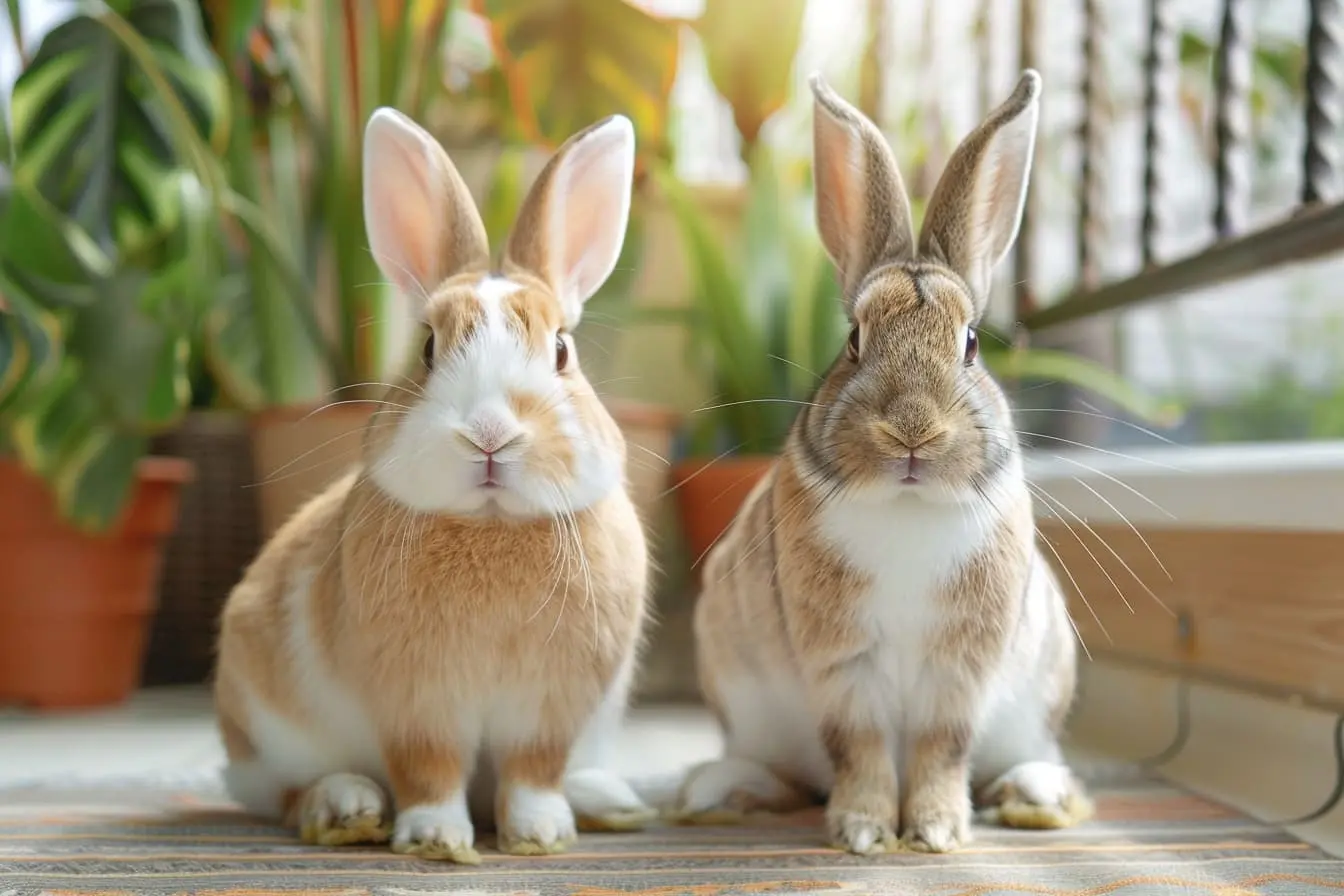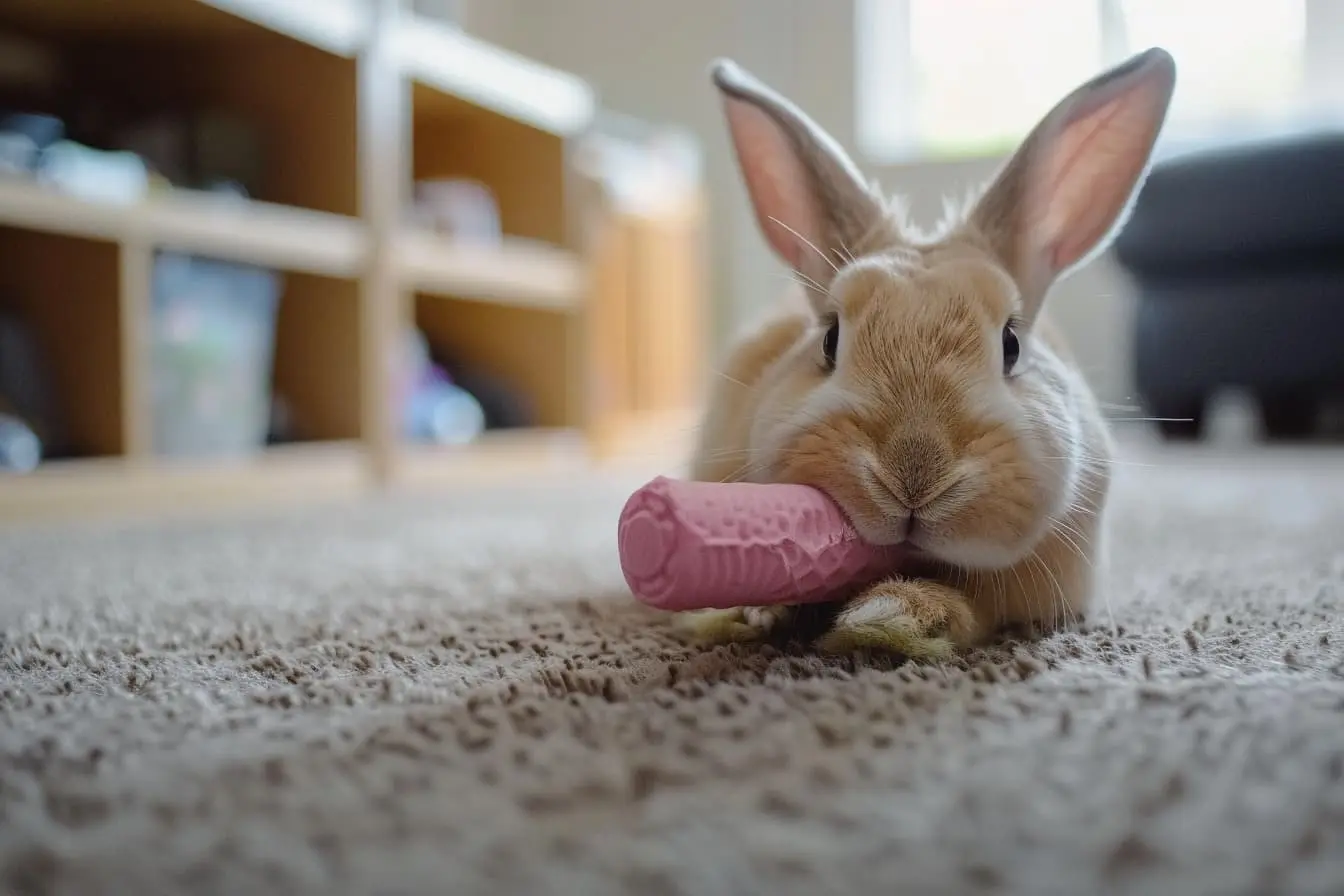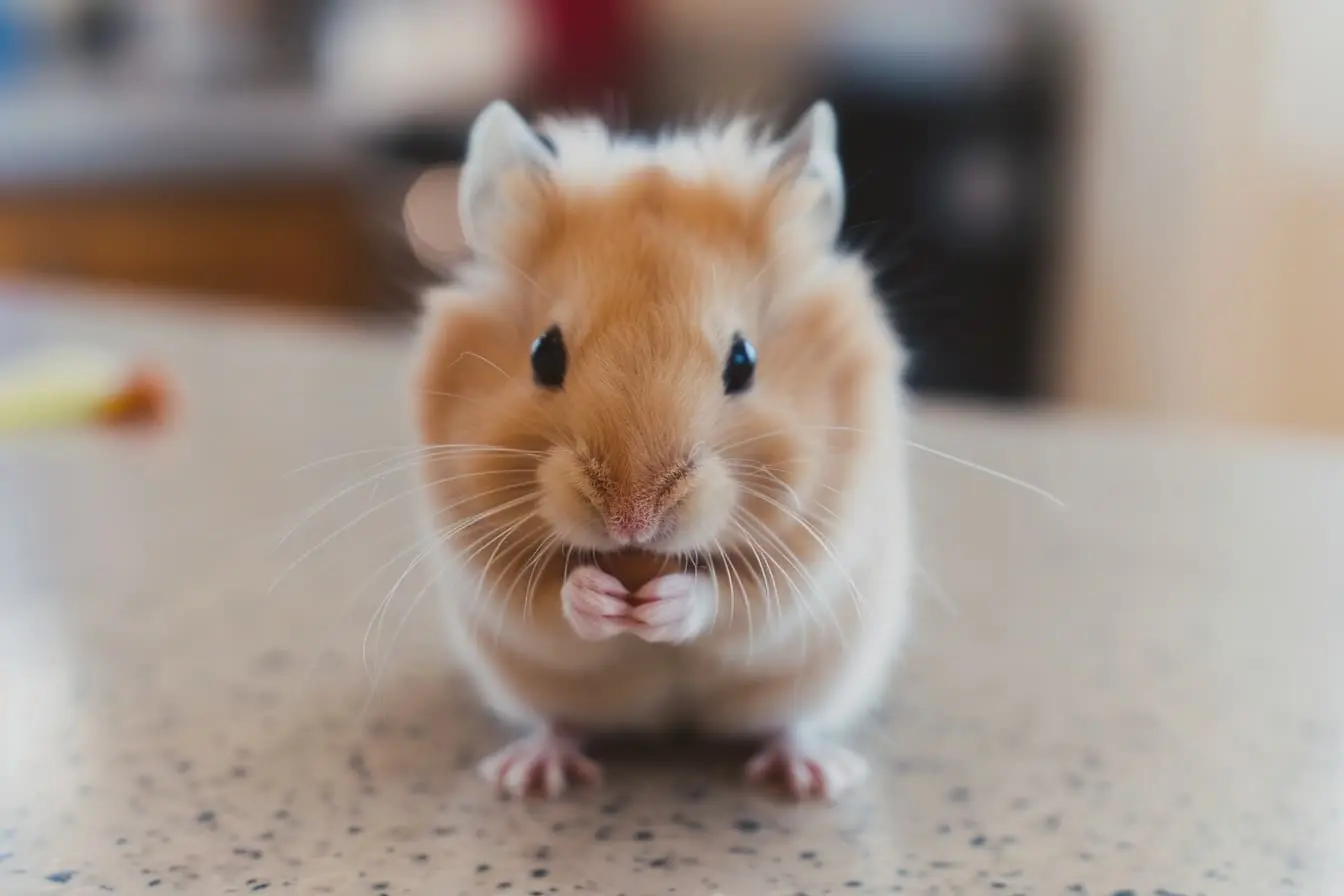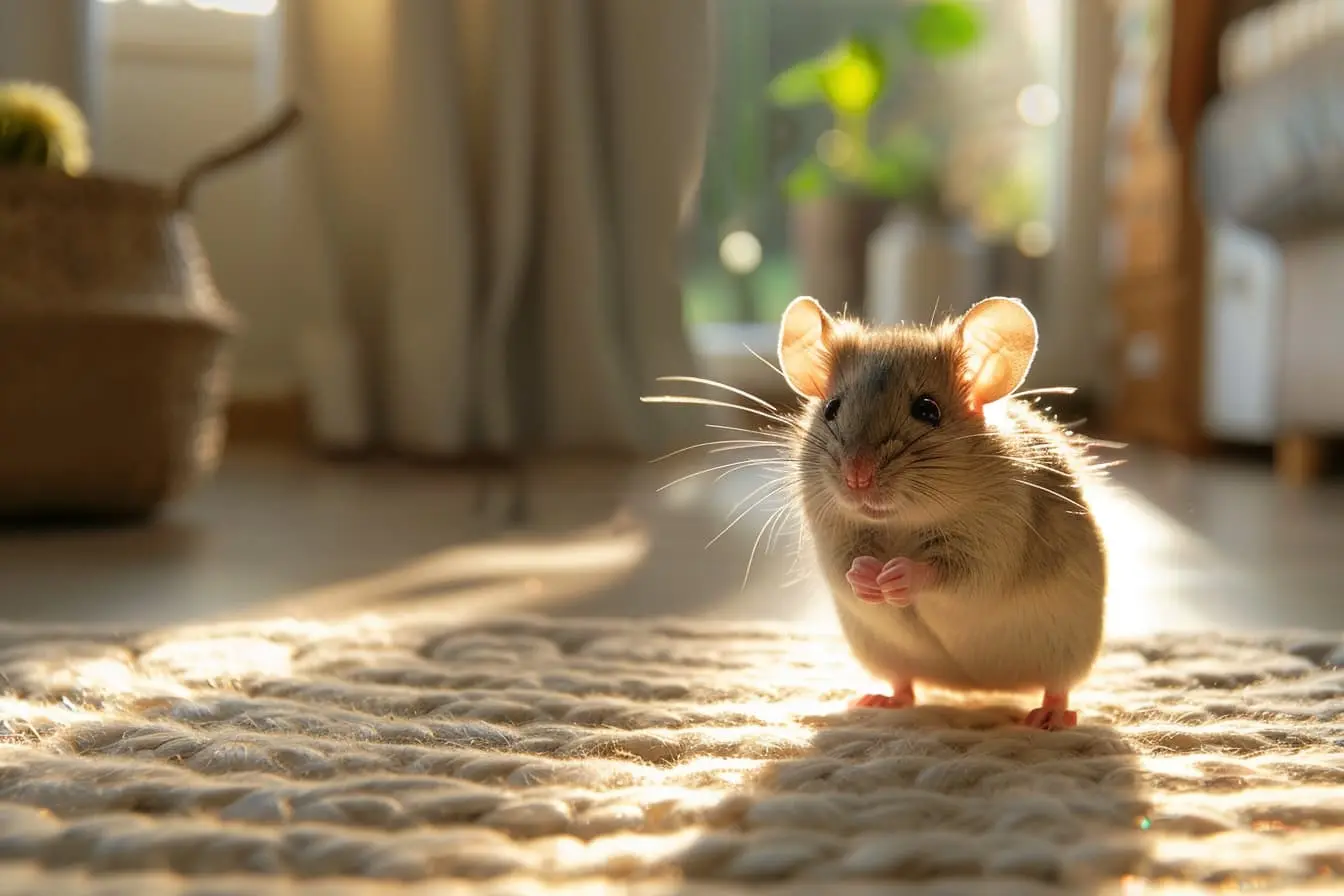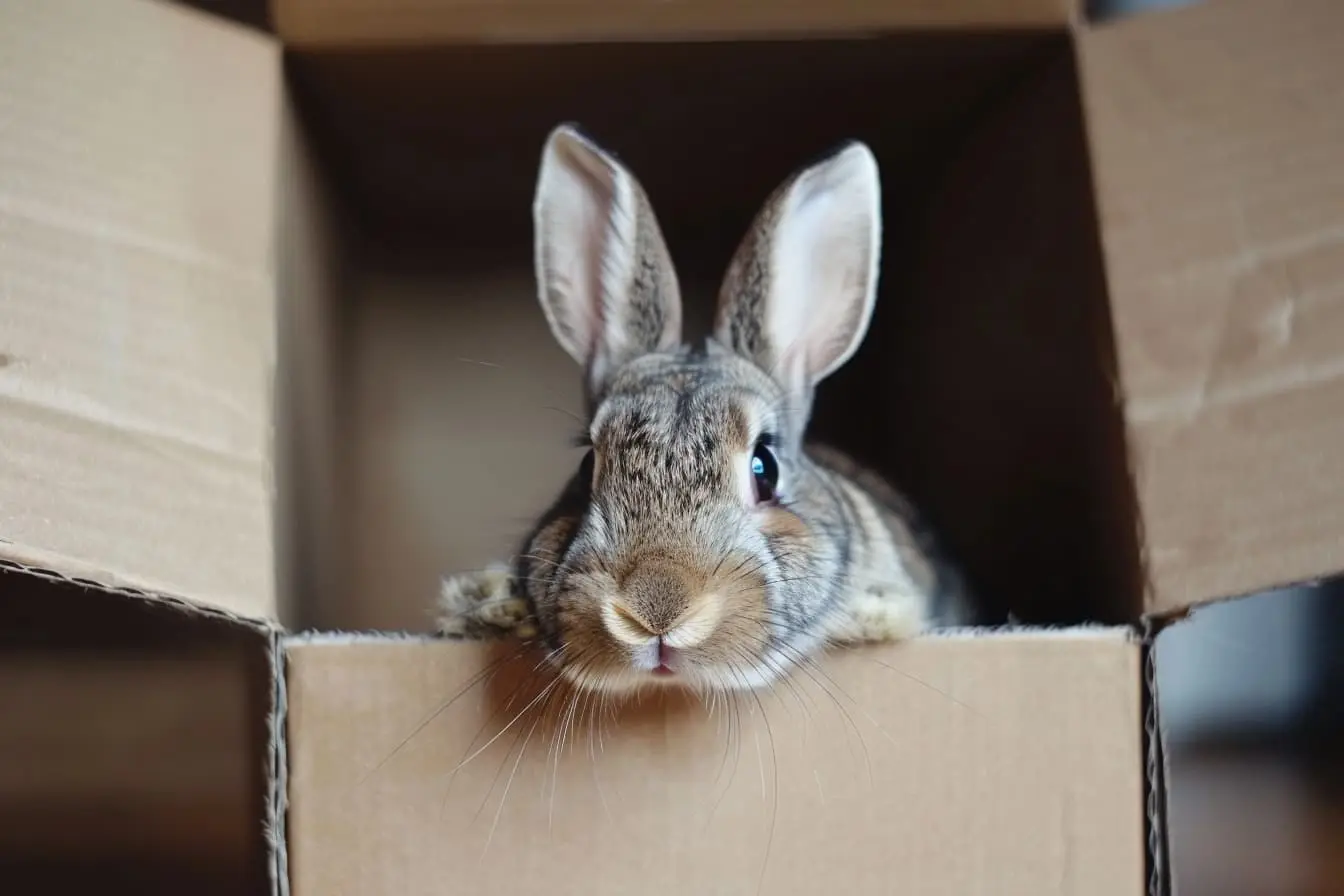
The Ultimate Guide to Housing Your Rabbit: Comfort, Space, and Options
Welcoming a rabbit into your home is an exciting journey, filled with moments of joy, companionship, and discovery. These fluffy companions, with their gentle natures and amusing antics, can bring a lot of warmth to any household. However, one of the first and most important steps in ensuring your new pet thrives is providing them with the right kind of housing. This guide will cover everything you need to know about housing your rabbit, including the necessary space and the different housing options available to you.
Understanding Space Requirements
Rabbits are active and sociable creatures that need ample space to hop, play, and explore to maintain their physical and mental well-being. A common mistake new rabbit owners make is underestimating the amount of space a rabbit requires. According to the Rabbit Welfare Association & Fund, the minimum space requirement for a pair of average-sized rabbits is a living area of at least 3m x 2m x 1m high. This space should be available to them at all times.
It's crucial to remember that more space is always better. Rabbits thrive in environments where they can roam freely, so consider this minimum space requirement as a starting point.
Indoor Housing Options
Rabbit-Proofed Room
Designating a rabbit-proofed room in your home is a great way to provide your pet with the space they need. Rabbit-proofing involves covering all electrical wires, protecting furniture, and ensuring that the room is safe and free of anything that could harm your rabbit. This option allows your rabbit to be an integral part of your family, interacting with you freely throughout the day.
Large Pen or Enclosure
For those who cannot provide a whole room, a large pen or enclosure within a room can also suffice. Ensure the enclosure is large enough for your rabbit to stretch and hop around. The enclosure should include a litter tray, feeding area, and plenty of toys. Pens with modular panels are a good choice, as they allow you to customise the size and shape of the enclosure.
Rabbit Cage
While not suitable as a permanent living space due to size constraints, a rabbit cage can be used as part of your rabbit's housing solution, especially when integrating your new pet into your home. If you choose to use a cage, ensure it's as large as possible and only used as a place for your rabbit to eat and sleep. When not sleeping or eating, your rabbit should spend the majority of their day outside of the cage to ensure they can get enough exercise.
Outdoor Housing Options
Rabbit Hutch and Run
A large outdoor hutch provides shelter and protection from the elements, while an attached run allows your rabbit to exercise and explore safely. The hutch should be sturdy, waterproof, and protected from predators. It's vital to provide a spacious run attached to the hutch, allowing your rabbit to move freely between the two areas.
Rabbit-Proofed Garden
If you have a secure garden, you can consider rabbit-proofing it so your rabbit can roam freely. This involves ensuring the garden is fully enclosed with fencing dug into the ground to prevent escape. Remove any poisonous plants and provide a sheltered area where your rabbit can hide and rest.
Important Considerations
- Weather Protection: Outdoor rabbits need a hutch that protects them from extreme weather, including heatwaves and cold snaps. Indoor rabbits should be kept away from direct sunlight and draughts.
- Safety: Whether indoors or outdoors, the safety of your rabbit should be paramount. This includes secure enclosures to prevent escapes and measures to protect them from predators.
- Social Needs: Rabbits are social animals and should be kept in pairs or multiples. Ensure there is enough space for all your rabbits to live comfortably together.
By providing the right housing for your rabbit, you are laying the foundation for a happy and healthy life together. Whether you choose to house your rabbit indoors or outdoors, the key is to ensure they have enough space to live, play, and explore. With the right setup, your rabbit will thrive, bringing joy and companionship into your home for years to come.
Vets near you
Speciality vets
- Aquatics vet specialists
- Birds vet specialists
- Camelids vet specialists
- Cats vet specialists
- Cattle vet specialists
- Deer vet specialists
- Dogs vet specialists
- Equines vet specialists
- Exotic vet specialists
- Goats vet specialists
- Pigs vet specialists
- Poultry vet specialists
- Sheep vet specialists
- Small Mammals vet specialists
- Wild vet specialists
